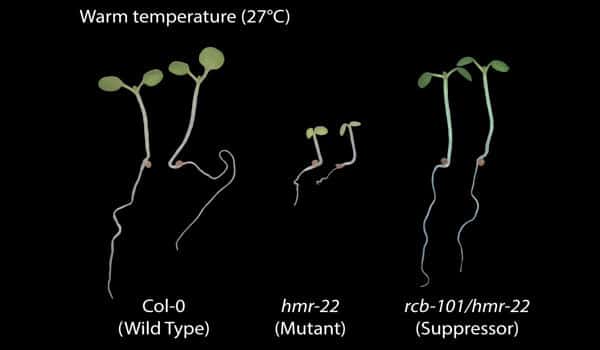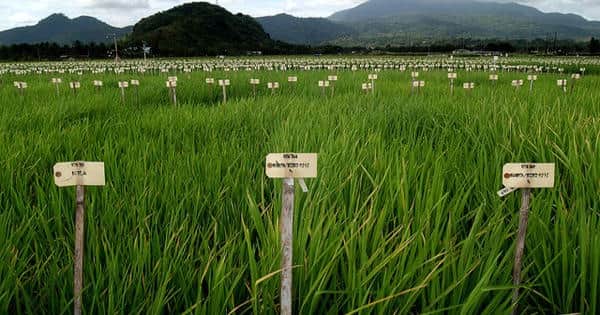Crop yields could be reduced by one-third by 2050 as a result of global warming. Scientists must first understand how plants sense temperature in order to modify their response to heat. Researchers have identified a gene that is critical to this process.
Warmer temperatures warn plants that summer is on its way. Because they anticipate less water, they flower earlier and lack the energy to produce more seeds, resulting in lower crop yields. This is a problem because the world’s population is expected to reach 10 billion by 2050, leaving much less food to eat.
Climate change-induced high temperatures, droughts, and reduced water availability in most agricultural food crop environments, particularly in developing countries, will exacerbate food and nutritional security. Recent evidence suggests that southern hemisphere countries are more vulnerable to food production due to the greater frequency of extreme weather events.
By 2050 global warming could reduce crop yields by one-third. UC Riverside researchers have identified a gene that could put the genie back in the bottle.
“We need plants that can withstand higher temperatures, flower for a longer period of time, and grow for a longer period of time,” said Meng Chen, a UCR botany and plant sciences professor. “However, in order to modify plants’ temperature responses, you must first understand how they work. As a result, identifying the gene responsible for heat response is critical.”
Chen and his colleagues’ discovery of the heat-sensing gene was published in the journal Nature Communications this week. It’s the second gene they’ve discovered that’s involved in temperature sensing. They discovered the first gene, known as HEMERA, two years ago. The researchers then conducted an experiment to see if they could identify other genes involved in the temperature-sensing process.
Global warming is also expected to have the greatest impact on developing countries, where agricultural systems are most vulnerable to climatic conditions and where small temperature increases are extremely detrimental to productivity. According to the Food and Agriculture Organization of the United Nations, by 2025, approximately 480 million people in Africa may be living in areas with very limited water, and as climatic conditions deteriorate, 600,000 square kilometers currently classified as moderately constrained will become severely constrained.

Plants normally respond to temperature changes of just a few degrees. For this experiment, the researchers started with a mutant Arabidopsis plant that was completely insensitive to temperature and then modified it to become reactive again. Examining the genes of this twice-mutated plant yielded the discovery of a new gene, RCB, whose products collaborate with HEMERA to stabilize the heat-sensing function. “If you knock out either gene, your plant is no longer temperature sensitive,” Chen explained.
Both HEMERA and RCB are required to control the abundance of a group of master gene regulators that serve multiple functions, including responding to temperature and light and turning plants green. These proteins are found in two parts of plant cells: the nucleus and organelles known as chloroplasts.
Chen’s laboratory will focus on understanding how these two parts of the cell communicate and collaborate to achieve growth, greening, flowering, and other functions in the future.
During the evolution process, native crops have inherent potential and traits to cope with adverse climate. As a result, crop diversification should be a primary framework of climate-smart agriculture to meet global food and nutritional security, for which policy-driven production changes are critical in developing countries. To have a global impact, the adverse effects of climate change on agricultural production must be addressed by a multidisciplinary team and approaches through a strong network of research consortiums including private sectors and multinational governments.
“When the light or temperature are changed, genes in both the nucleus and the chloroplasts change their expression. We believe that HEMERA and RCB play a role in coordinating gene expression between these two cell compartments “Chen stated. The ultimate goal is to be able to modify temperature response in order to secure the future of our food supply. “We were ecstatic to discover this second gene,” Chen said. “It’s a brand-new puzzle piece. We can modify it and help crops cope better with climate change once we understand how it all works.”














